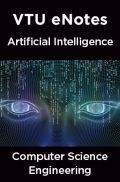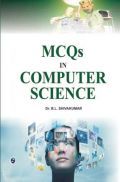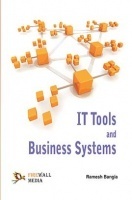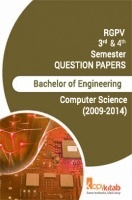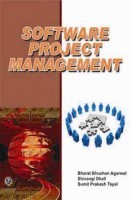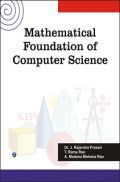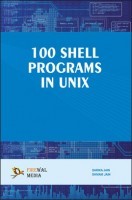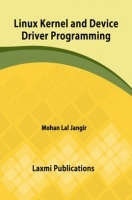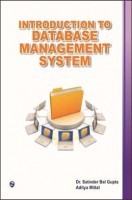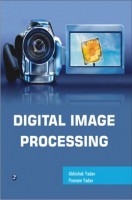This textbook is designed to teach a first course in Information Technology (IT) to all undergraduate students. In view of the all-pervasive nature of IT in today’s world a decision has been taken by many universities to introduce IT as a compulsory core course to all Bachelor’s degree students regardless of their specialisation. This book is intended for such a course. The approach taken in this book is to emphasize the fundamental “Science” of Information Technology rather than a cook book of skills. Skills can be learnt easily by practice with a computer and by using instructions given in simple web lessons that have been cited in the References. The book defines Information Technology as the technology that is used to acquire, store, organize, process and disseminate processed data, namely, information. The unique aspect of the book is to examine processing all types of data: numbers, text, images, audio and video data. As IT is a rapidly changing field, we have taken the approach to emphasize reasonably stable, fundamental concepts on which the technology is built. A unique feature of the book is the discussion of topics such as image, audio and video compression technologies from first principles. We have also described the latest technologies such as ‘e-wallets’ and ‘cloud computing’.
The book is suitable for all Bachelor’s degree students in Science, Arts, Computer Applications, and Commerce. It is also useful for general reading to learn about IT and its latest trends. Those who are curious to know, the principles used to design jpg, mp3 and mpeg4 compression, the image formats—bmp, tiff, gif, png, and jpg, search engines, payment systems such as BHIM and Paytm, and cloud computing, to mention a few of the technologies discussed, will find this book useful.
This book Useful for IT & Computer Science students.
1. Data and Information
2. Acquisition of Numbers
3. Acquiring Text and Image Data
4. Acquiring Audio Data
5. Acquisition of Video
6. Data Storage
7. Central Processing Unit
8. Computer Networks
9. Output Devices
10. Computer Software
11. Data Organization
12. Processing Numerical Data
13. Processing and Displaying Textual Data
14. Processing Multimedia Data
15. Some Internet Applications
16. Business Information Systems
17. Electronic Commerce
18. Societal Impacts of Information Technology
Suggested Further Reading • Index







